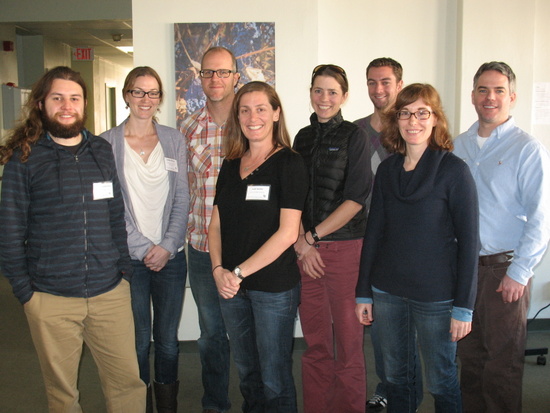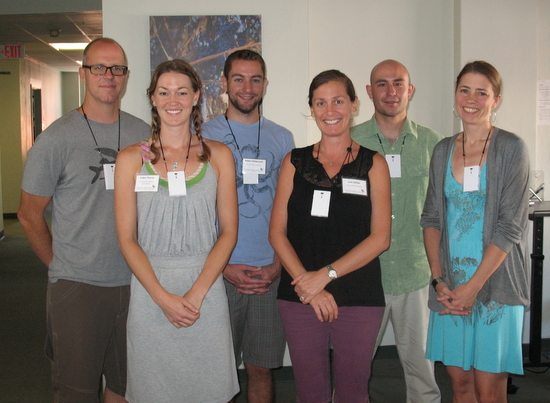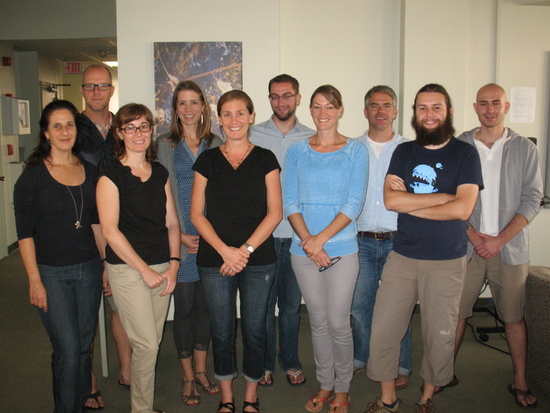NCEAS Working Groups
Developing comprehensive management models for marine mammals
Project Description
Marine mammals are increasingly threatened by interactions with fishing gear, ocean noise, pollution, direct harvest, ship traffic, competition for food with fisheries, and coastal development. Managers must set limits to these sources of human-caused mortality and disturbance to marine mammals without compromising human welfare. Currently, the U.S. Marine Mammal Protection Act limits the allowable number of deaths caused by fisheries with a simple model called Potential Biological Removal. NOAA has also recently committed to developing mapping tools to better understand where underwater noise overlaps with the distribution and density of cetaceans. Although a vast improvement to the status quo, there are still two major limitations associated with these approaches: 1) they do not consider the cumulative impacts of all threats, and 2) they assume largely unrealistic population dynamics. We propose to develop a new framework for setting removal limits that incorporates cumulative impacts, and also allows for more realistic population dynamics, especially with respect to social complexity in marine mammals. Our analyses will provide managers with clear guidelines for managing the threats that marine mammals encounter in space and time.



Principal Investigator(s)
Leah R. Gerber
Project Dates
Start: December 1, 2012
End: December 1, 2014
completed
Participants
- Leah R. Gerber
- Arizona State University
- Manuela Gonzalez-Suarez
- Estacion Biologica de Donana, CSIC
- Felipe Hurtado-Ferro
- University of Washington
- Eric D. Johnson
- Arizona State University
- Carrie V. Kappel
- University of California, Santa Barbara
- Sarah L. Mesnick
- NOAA, National Marine Fisheries Service (NMFS)
- Jeffrey E. Moore
- National Oceanic and Atmospheric Administration (NOAA)
- Lindsey Peavey
- University of California, Santa Barbara
- Robert P. Wildermuth
- Arizona State University
- Rob Williams
- University of St. Andrews
Products
-
Journal Article / 2014
Two-sex matrix models in assessing population viability: When do male dynamics matter?
-
Presentations / 2013
Trophic interactions and temperature change: Using interaction strength to predict stability and productivity
-
Presentations / 2013
Tipping points in temperature-dependent food webs
-
Journal Article / in press
Accounting for cryptic impacts in management models for marine mammals
-
Presentations / 2013
Linking theory and experiments: A meta-analysis of multi-trophic warming experiments
-
Presentations / 2013
Scaling relationships for the temperature-dependence of species performance
-
Presentations / 2013
Predicting responses to temperature variation: Ecology and evolution in trophic systems
-
Journal Article / 2013
Monitoring behavior: Assessing population status with rapid behavioral assessment
-
Journal Article / In press
A conceptual framework for sociality index
-
Journal Article / In press
Cost-effective conservation: Rapid behavioral assessment indicates population viability
-
Presentations / 2013
Warming up food webs: Implications for trophic energy transfer
